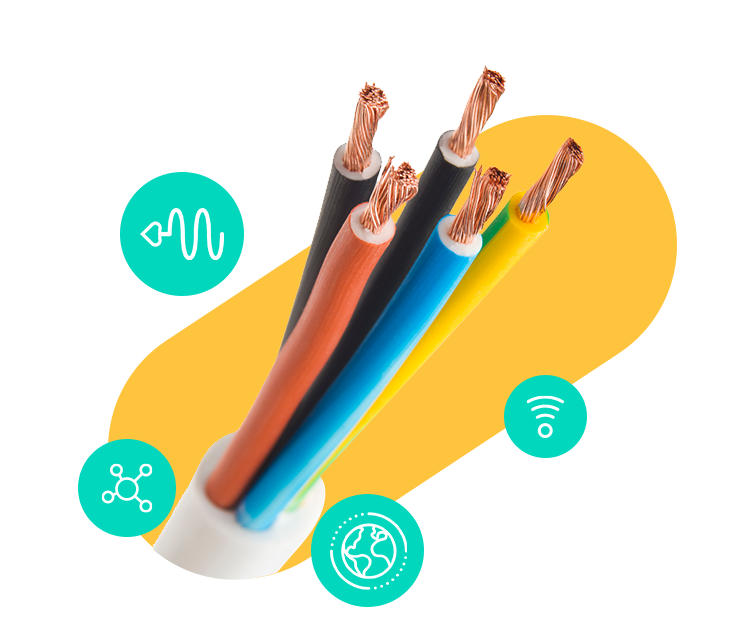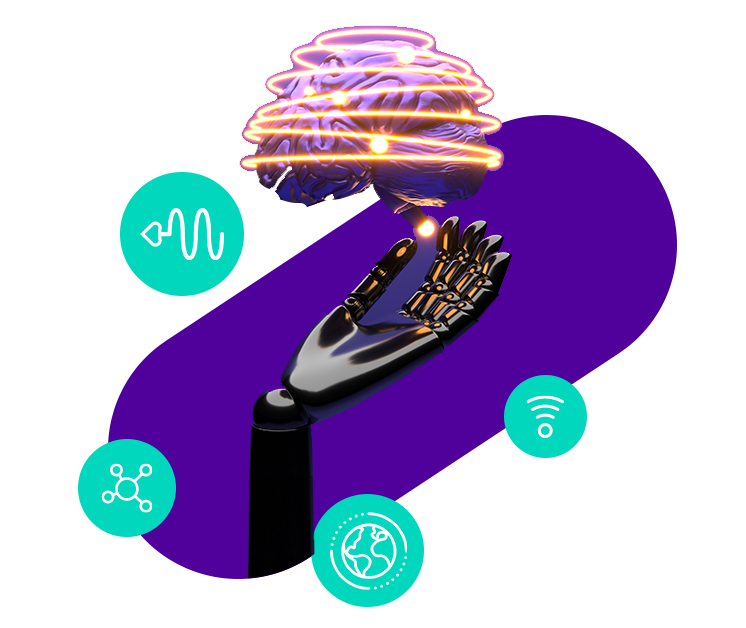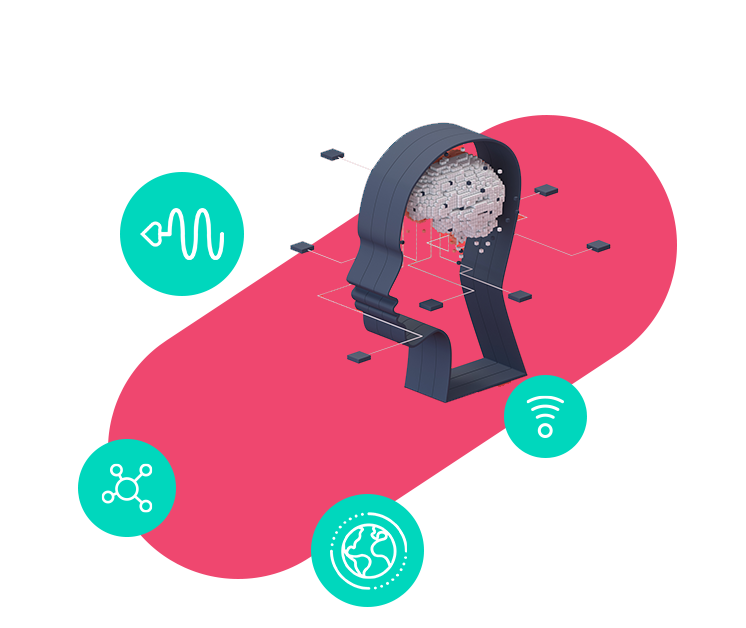Ever since the NIST definition of cloud computing was first drafted and right up to it reaching it’s 16th and Final version, the first essential characteristic has always been On-demand self-service. (A consumer can unilaterally provision computing capabilities as needed automatically without requiring human interaction with each service provider). While self-service is considered a truth that is self-evident – there is still the nagging question “is too much self-service, self-defeating?”.
I acknowledge that the parallel I am about to draw may be my own particular bête-noire, but it did make me think about the wider context of self-service . Within the UK, there has been a growth of self-service check-outs in supermarkets. The customer scans their own items and places them into bags which are monitored for weight to ensure items are being scanned and subsequently paid for. The benefit to the customer? Reduced queues – as there are more self-service checkouts than manned tills. The benefit to the supermarket owner? Only one employee needed per six checkouts.
Now this should work fine – and sometimes it does – except for the exceptions. Sometimes the scales don’t recognise bags placed on them; sometimes your items are too light to register; sometimes items need verification – such as alcohol or medicines. All of this is accompanied by a disembodied voice asking you to “swipe your loyalty card”; “wait for assistance”; or the chilling “unrecognised item in bagging area”. As a customer, not a great customer experience.
But what has this to do with telecoms? Same point – with the advent of software defined networks (SDN) and on demand services, how much self-service is beneficial, speeds up delivery and reduces “friction” and when does it become passing a burden on to the customer who doesn’t want it?
We have been working with our customers very closely in introducing our new on demand services to understand the balance to be struck between self-service and managed service. And what we have learned, based on a strong steer from our customers, is that while the consumption of services has to be more dynamic and flexible, service providers must be able to offer and support the full range of models in a seamless and controlled manner. Pushing too much responsibility back towards the end-user is not the solution.“Unexpected network in data centre” is not a scenario we will be rushing to in a hurry.
Recent articles
What's your goal today?

1. Connect to the Colt network
Our network directly connects 32,000+ buildings, with millions more through our extensive worldwide partners, powering global businesses with high bandwidth requirements. Find out if you're Colt connected now.

2. Learn more about digital infrastructure
We've worked with experts to build hundreds of guides, whitepapers and blogs across a range of technology & infrastructure topics, as well as videos, webinars & lightning talks. Find out more about them below.

3. Explore our customer success stories
We work with global businesses to deliver world-class connectivity solutions, with a range of available professional & managed services to help you get exactly the right fit for your business. Read more about some of our customers' success stories.

